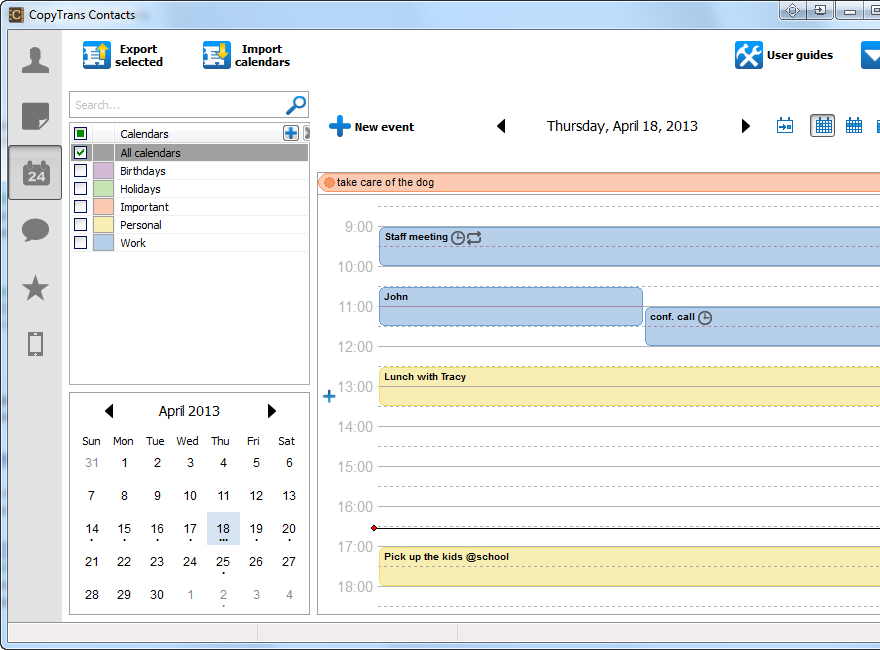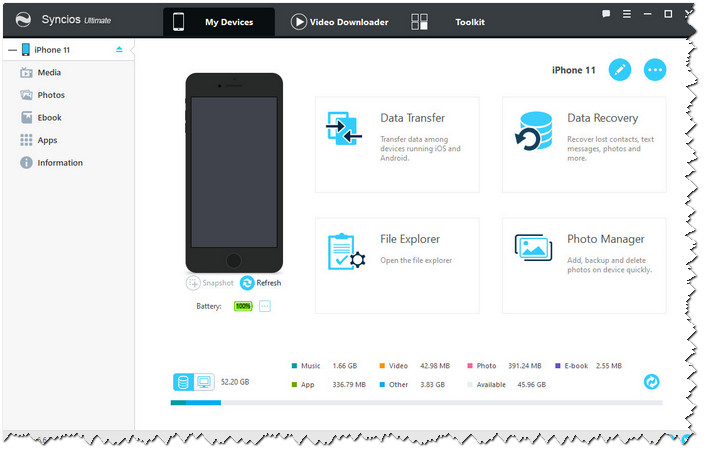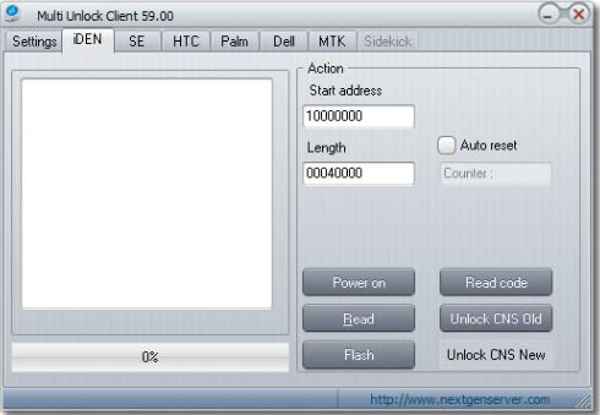
It also provides some molecular dynamics capabilities (the effectiveness of which has yet to be determined by our lab). This program allows you to import and export structure files as pdb format which can be quite useful when quickly drawing up a structure to export to AMBER or other programs where drawing from scratch is not as easy. It can accept structures straight from ChemBioDraw either imported or as straight copy-and-paste. This program primarily renders structures in Fisher style projections and so can not be used for anything beyond primary structural analysis.ĬhemBio3D as its name implies is more suited for 3-dimensional visualization of molecules. This is useful when having to move, shift, or rearrange structures so that you don’t have to return to the root file to modify the molecule. Structures that are copied from a ChemDraw workbook and pasted into recent releases of Microsoft Office programs (Word, Excel, Powerpoint) can be edited post-paste by double clicking on the structure. Similarly you can also press “Ctrl + Shift + n” and bring up a convert name to structure function that is incredibly useful. One way is to use one of the many templates available (seen as a button on the left hand side toolbar) to construct peptides, oligonucleotides, oligosaccharides etc. There are many ways to construct possible analytes that you may encounter. The latter of which may only find limited utility in our lab.ĬhemBioDraw allows for visualization of molecules. This suite include ChemBioDraw, ChemBio3D, and a few different ChemFinder programs.
Contact macclean computer software free#
This program suite is available free through the Chemistry Department.
Contact macclean computer software professional#
LEaP also generates topology, parameter, and internal coordinate files for sander.ĬhemDraw Professional 16 (formerly ChemBioOffice PerkinElmer)ĬhemBioOffice is a suite of programs that allow you to draw, analyze, fragment, etc. Biomolecular ions of interest can be built in LEaP. LEaP is used to prepare input files for AMBER based molecular dynamics studies. Cooled structures can be compared based on their relative energies, conformation and theoretical collision cross section generated by MOBCAL (see below). Molecular dynamics based conformational sampling is achieved by heating a given structure to high temperature, then cooling random high temperature snapshots very gradually to a low temperature plateau. An example set of such functions is shown below: The force field used by Sander during conformational sampling is a set of equilibrium functions that describe bond, bond angles, electrostatic and other non-covalent interactions based on classical (Newtonian) physics derivations. Sander is used for energy minimization and conformational sampling. Additionally, Antechamber assigns atom types based on the user selected force field.

It allows the conversion of various file types, as well as the generation of Amber prep files using restrained electrostatic potential charge (RESP) fitting for LEaP.

This data is used to elucidate experimental measurements by calculating the prevailing conformational arrangements of biomolecular ions in the gas phase.Īntechamber is used as a preparatory tool for LEaP. Our group uses various facets of this suite such as LEaP, antechamber, and sander for building, minimization and conformational sampling of structures of empirically studied biomolecular ions (lipids, nucleotides, natural products).

AMBER 9.0, 10.0 (University of California, San Francisco)ĪMBER is a Unix-based suite of programs designed for efficient structure building and molecular dynamics.


 0 kommentar(er)
0 kommentar(er)
